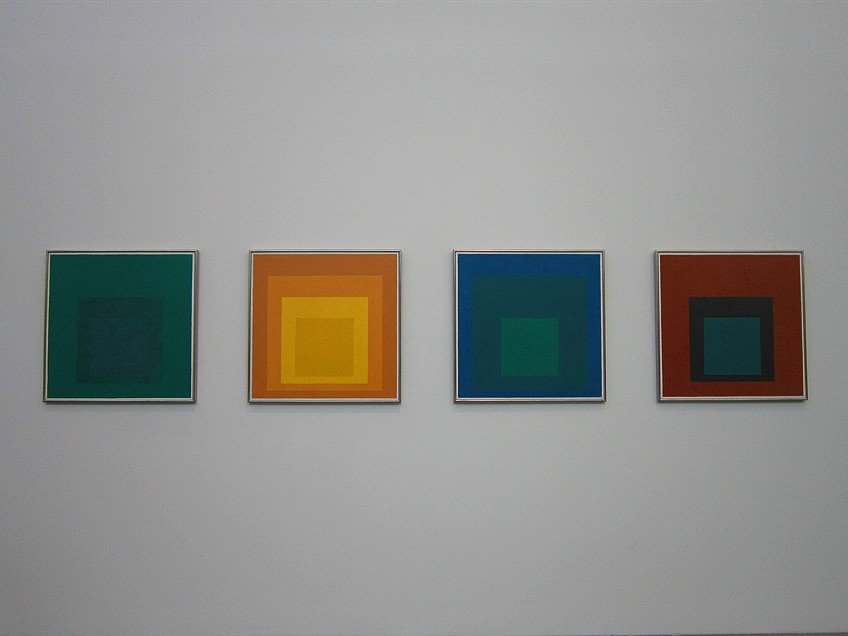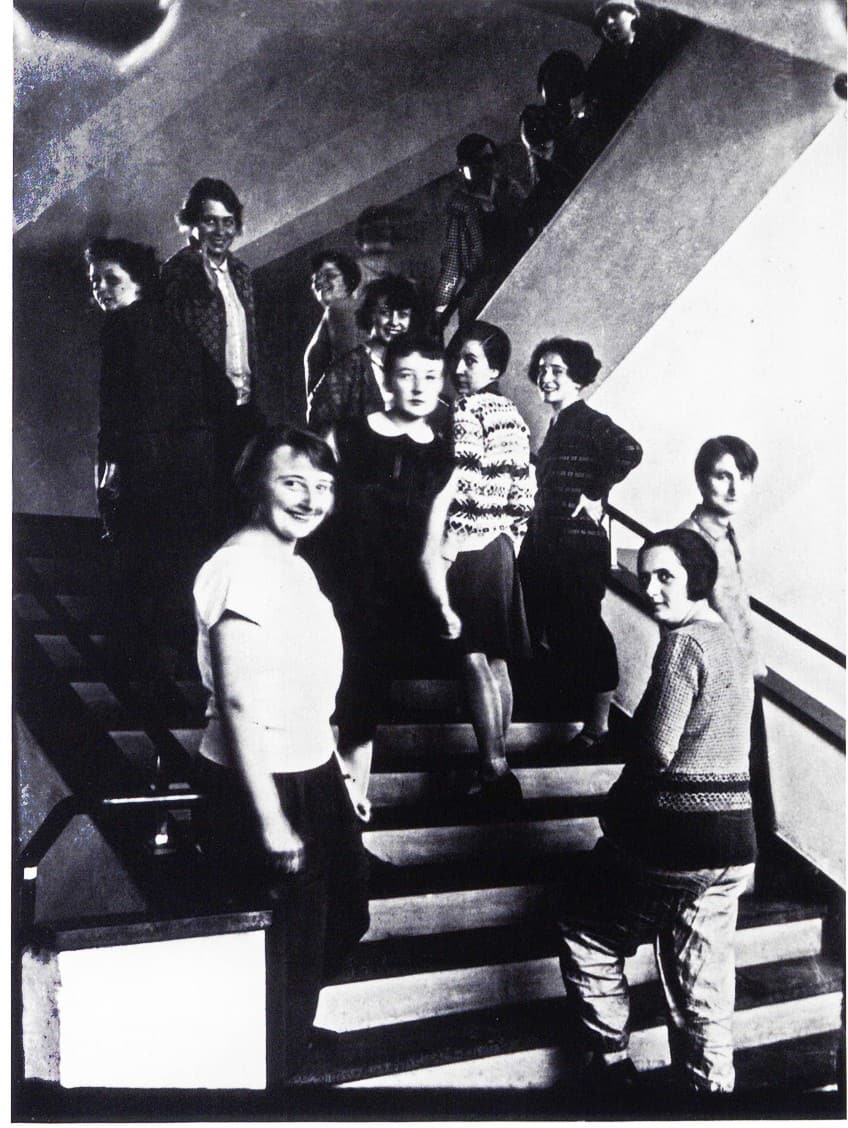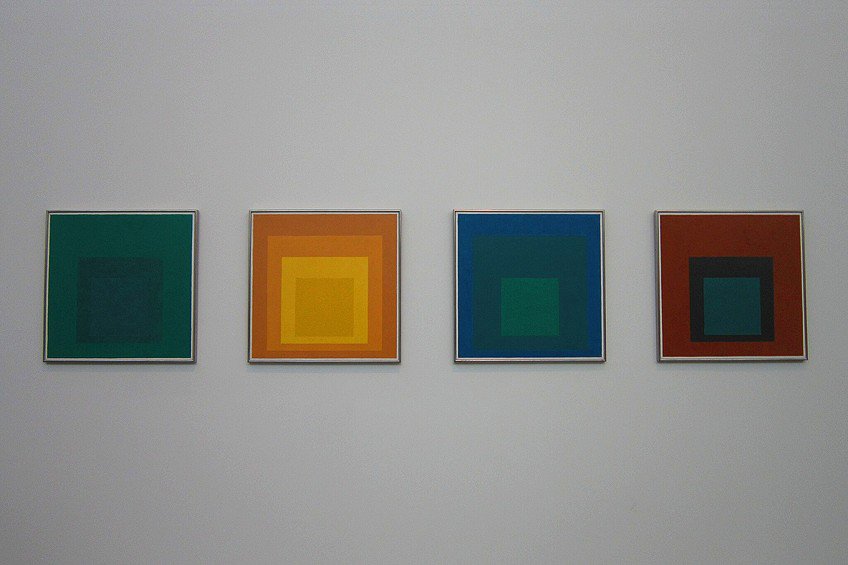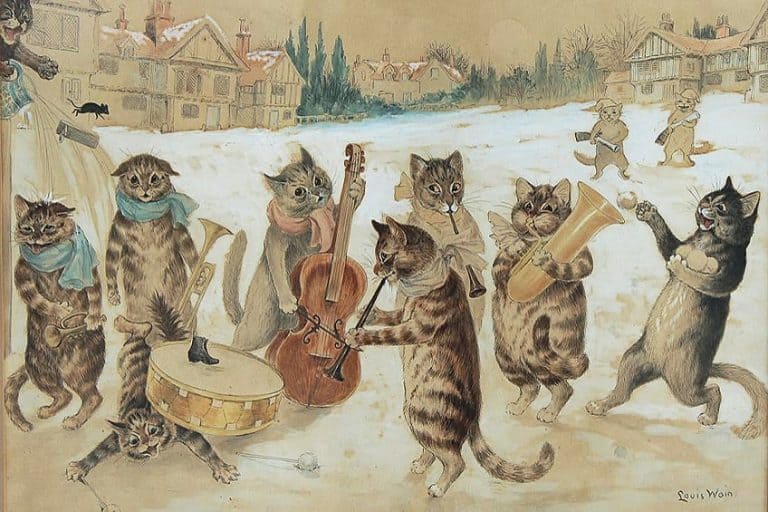Bauhaus Artists – The Bold Visionaries of Bauhaus Art
Welcome to the vibrant realm of Bauhaus, where art, design, and innovation collide to redefine the very essence of creativity. The Bauhaus movement, born in the early 20th century, continues to inspire and influence artists, architects, and designers worldwide. At the heart of this avant-garde movement lie visionary artists whose groundbreaking work shaped the course of modern art and design. Let’s embark on a delightful journey through the lives and works of some of the top Bauhaus artists whose ingenuity and revolutionary spirit continue to captivate audiences to this day!
What Was the Bauhaus Movement?
The Bauhaus movement, originating in Germany in the early 20th century, represents a revolutionary approach to art, design, and architecture. Founded by Walter Gropius in 1919, Bauhaus sought to break down the barriers between fine art and applied arts, merging craftsmanship with modern technology.
At its core, Bauhaus embraced principles of simplicity, functionality, and geometric abstraction, striving to create a harmonious synthesis of form and function.

Rejecting traditional ornamentation in favor of clean lines and minimalist aesthetics, Bauhaus artists and designers aimed to create practical yet visually stunning objects that could enrich daily life. Emphasizing interdisciplinary collaboration and experimentation, the Bauhaus movement sparked a paradigm shift in artistic education and practice, leaving an enduring legacy that continues to influence contemporary design and creativity worldwide.
Top 12 Bauhaus Artists to Know
Delve into the world of Bauhaus with these top 12 artists whose visionary contributions redefined 20th-century art and design. From Wassily Kandinsky’s pioneering abstract compositions to Anni Albers’ groundbreaking textile innovations, each artist brings a unique perspective to the movement’s ethos of merging form and function. Explore the dynamic interplay of color, shape, and experimentation that continues to inspire generations of creatives worldwide.
Wassily Kandinsky (1866 – 1944)
| Birth | December 16, 1866 |
| Death | December 13, 1944 |
| Place of Birth | Moscow, Russia |
| Genre of Work | Abstract Art, Expressionism |
| Notable Artworks |
|
Known as the pioneer of abstract art, Wassily Kandinsky’s bold and dynamic compositions resonate with a sense of rhythm and emotion. His use of vibrant colors and geometric forms transcends traditional artistic boundaries, inviting viewers to explore the depths of their imagination.

Lyonel Feininger (1871 – 1956)
| Birth | July 17, 1871 |
| Death | January 13, 1956 |
| Place of Birth | New York City, United States |
| Genre of Work | Expressionism, Cubism |
| Notable Artworks |
|
Step into Lyonel Feininger’s world of whimsy and wonder, where his ethereal landscapes and charming caricatures transport you to a realm of imagination.
With his distinct use of bold lines and vibrant colors, Feininger’s art captivates the soul and invites exploration beyond the ordinary.
Paul Klee (1879 – 1940)
| Birth | December 18, 1879 |
| Death | June 29, 1940 |
| Place of Birth | Münchenbuchsee, Switzerland |
| Genre of Work | Expressionism, Surrealism, Abstract art |
| Notable Artworks |
|
Paul Klee’s whimsical and imaginative artworks reflect his deep fascination with color theory and symbolism. With a distinctive style characterized by intricate lines and playful shapes, Klee invites us into a world of fantasy and wonder, where the ordinary transforms into the extraordinary.

Walter Gropius (1883 – 1969)
| Birth | May 18, 1883 |
| Death | July 5, 1969 |
| Place of Birth | Berlin, Germany |
| Genre of Work | Architecture, Design |
| Notable Artworks |
|
Meet Walter Gropius, the visionary architect who laid the foundation for the iconic Bauhaus movement. Through his innovative approach to design and education, Gropius reshaped the landscape of modern architecture.
He inspired generations of architects and artists with his mantra of “form follows function.”
Ludwig Mies van der Rohe (1886 – 1969)
| Birth | March 27, 1886 |
| Death | August 17, 1969 |
| Place of Birth | Aachen, Germany |
| Genre of Work | Modernist Architecture, Bauhaus Style |
| Notable Artworks |
|
Ludwig Mies van der Rohe, the master of minimalist elegance, invites you into a world of sleek lines and timeless sophistication. With his famous dictum “less is more,” Mies van der Rohe revolutionized architectural design, leaving an indelible mark on the modernist landscape.

Johannes Itten (1888 – 1967)
| Birth | November 11, 1888 |
| Death | March 25, 1967 |
| Place of Birth | Südern-Linden, Switzerland |
| Genre of Work | Expressionism, Bauhaus |
| Notable Artworks |
|
Enter the realm of color theory with Johannes Itten, whose exploration of hues and tones captivated the Bauhaus community. As a pioneering educator, Itten’s teachings laid the groundwork for understanding color’s emotional and psychological impact.
Itten helped shape the way we perceive art and design.
Josef Albers (1888 – 1976)
| Birth | March 19, 1888 |
| Death | March 25, 1976 |
| Place of Birth | Bottrop, Germany |
| Genre of Work | Abstract Art, Color Theory |
| Notable Artworks |
|
Josef Albers, the master of geometric abstraction, invites you to experience the mesmerizing interplay of shapes and colors. Through his iconic series “Homage to the Square,” Albers explores the infinite possibilities of color relationships, inviting viewers to contemplate the harmony and balance within his compositions.

László Moholy-Nagy (1895 – 1946)
| Birth | July 20, 1895 |
| Death | November 24, 1946 |
| Place of Birth | Bácsborsód, Austria-Hungary (now Serbia) |
| Genre of Work | Photography, Painting, Sculpture, Design |
| Notable Artworks |
|
László Moholy-Nagy’s innovative approach to art and design epitomizes the Bauhaus ethos of merging form with function. As a master of photomontage and experimental photography, Moholy-Nagy challenged conventional notions of composition and perspective.
Moholy-Nagy helped pave the way for future generations of multimedia artists.
Gunta Stölzl (1897 – 1983)
| Birth | March 5, 1897 |
| Death | April 22, 1983 |
| Place of Birth | Munich, Germany |
| Genre of Work | Textile Art, Weaving |
| Notable Artworks |
|
Meet Gunta Stölzl, the trailblazing textile artist whose innovative techniques transformed the world of weaving. With her bold use of color and form, Stölzl’s textile designs blur the boundaries between art and craft, celebrating the beauty of texture and pattern in everyday life.

Anni Albers (1899 – 1994)
| Birth | June 12, 1899 |
| Death | May 9, 1994 |
| Place of Birth | Berlin, Germany |
| Genre of Work | Textile Art, Weaving, Printmaking |
| Notable Artworks |
|
Anni Albers’ pioneering textile designs revolutionized the field of modern weaving, elevating textiles from functional objects to works of art.
With a keen eye for texture and pattern, Albers explored the interplay of light and form, transforming humble fibers into intricate tapestries that celebrate the beauty of simplicity.
Herbert Bayer (1900 – 1985)
| Birth | April 5, 1900 |
| Death | September 30, 1985 |
| Place of Birth | Haag, Austria-Hungary (now Austria) |
| Genre of Work | Graphic Design, Photography, Painting |
| Notable Artworks |
|
Herbert Bayer, the visionary graphic designer, invites you to discover the power of visual communication. With his iconic typography and minimalist aesthetic, Bayer revolutionized graphic design, leaving an indelible mark on advertising, typography, and the modern visual landscape.

Marcel Breuer (1902 – 1981)
| Birth | May 21, 1902 |
| Death | July 1, 1981 |
| Place of Birth | Pécs, Hungary |
| Genre of Work | Modernist Architecture, Furniture Design |
| Notable Artworks |
|
Renowned for his iconic furniture designs, Marcel Breuer seamlessly blended craftsmanship with modernist principles to create timeless pieces that remain coveted to this day. From his iconic Wassily Chair to his innovative tubular steel furniture, Breuer’s designs epitomize the Bauhaus philosophy of marrying aesthetics with practicality.
As we reflect on the dynamic world of Bauhaus artistry, it’s clear that these creators embody a spirit of innovation and daring exploration that transcends boundaries. From abstract marvels to experimental techniques, Bauhaus artists have reshaped artistic conventions and ignited imaginations worldwide. Their legacy is not merely a collection of works but a testament to the power of creativity to inspire and transform. As we conclude this exploration, let us carry forward the spirit of Bauhaus, embracing innovation and pushing the boundaries of artistic expression in our own unique ways. May their vibrant legacy continue to inspire generations to come, fostering a world where creativity knows no limits.
Frequently Asked Questions
Who Were the Key Bauhaus Artists and What Were Their Contributions to the Movement?
Key Bauhaus artists include Walter Gropius, founder of the Bauhaus school; Wassily Kandinsky, known for his abstract paintings and teaching in the Bauhaus; Paul Klee, celebrated for his use of color and geometric forms; and Lyonel Feininger, renowned for his expressionist paintings and graphic works. Each artist contributed to the Bauhaus movement through innovative techniques, experimentation with form and color, and a commitment to the integration of art and technology.
What Artistic Principles and Techniques Were Emphasized by Bauhaus Artists?
Bauhaus artists emphasized principles of functionality, simplicity, and the fusion of art with technology. They embraced modern materials such as steel, glass, and concrete, and sought to integrate art into everyday life. Techniques such as abstraction, geometric shapes, and asymmetrical compositions were common, reflecting the Bauhaus ethos of merging art and craftsmanship.
Isabella studied at the University of Cape Town in South Africa and graduated with a Bachelor of Arts majoring in English Literature & Language and Psychology. Throughout her undergraduate years, she took Art History as an additional subject and absolutely loved it. Building on from her art history knowledge that began in high school, art has always been a particular area of fascination for her. From learning about artworks previously unknown to her, or sharpening her existing understanding of specific works, the ability to continue learning within this interesting sphere excites her greatly.
Her focal points of interest in art history encompass profiling specific artists and art movements, as it is these areas where she is able to really dig deep into the rich narrative of the art world. Additionally, she particularly enjoys exploring the different artistic styles of the 20th century, as well as the important impact that female artists have had on the development of art history.
Learn more about Isabella Meyer and the Art in Context Team.
Cite this Article
Isabella, Meyer, “Bauhaus Artists – The Bold Visionaries of Bauhaus Art.” Art in Context. February 22, 2024. URL: https://artincontext.org/bauhaus-artists/
Meyer, I. (2024, 22 February). Bauhaus Artists – The Bold Visionaries of Bauhaus Art. Art in Context. https://artincontext.org/bauhaus-artists/
Meyer, Isabella. “Bauhaus Artists – The Bold Visionaries of Bauhaus Art.” Art in Context, February 22, 2024. https://artincontext.org/bauhaus-artists/.











